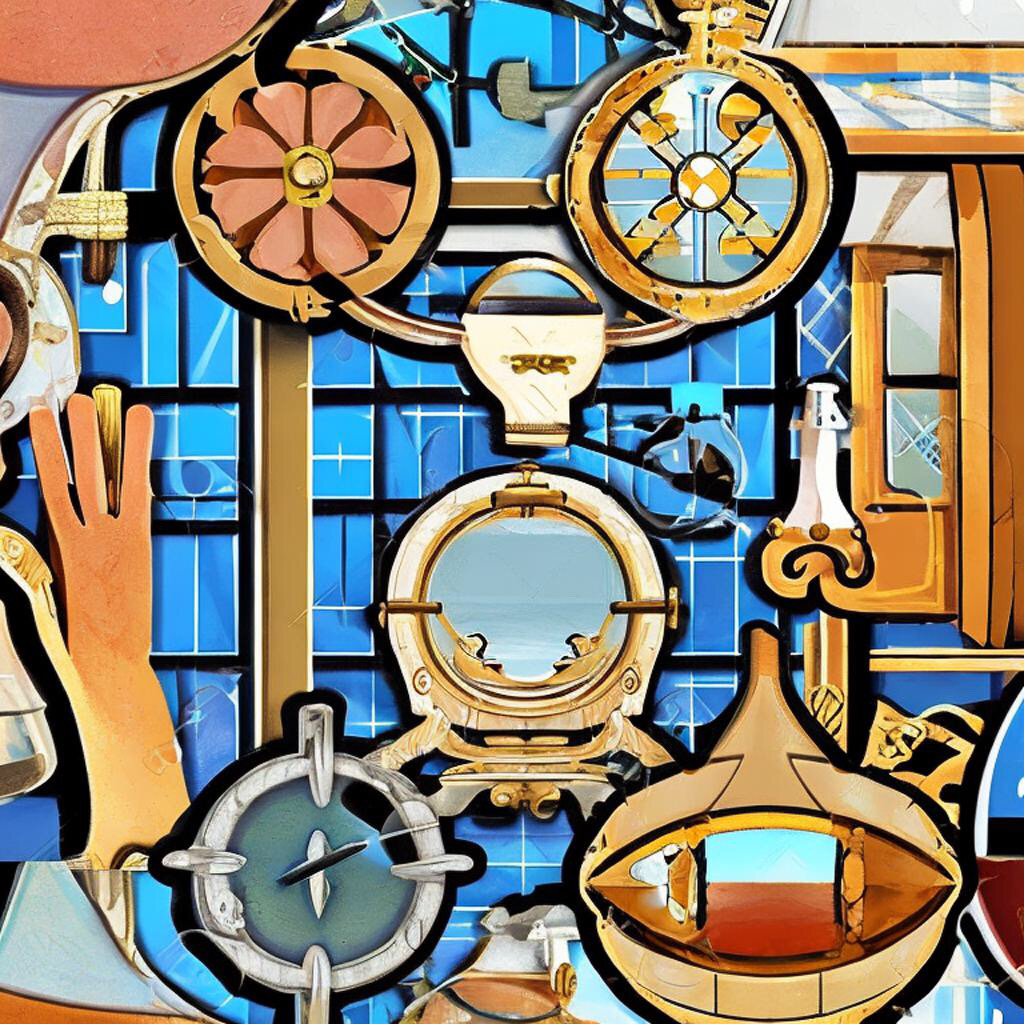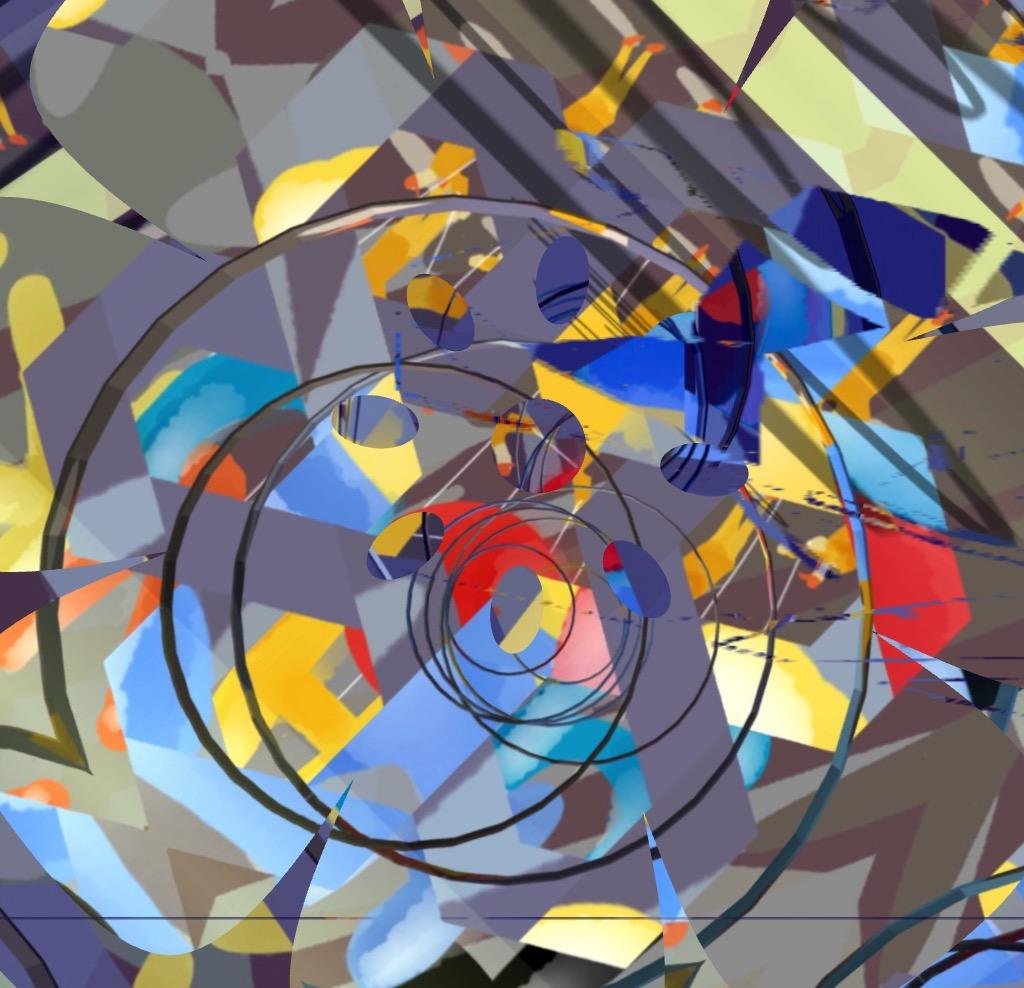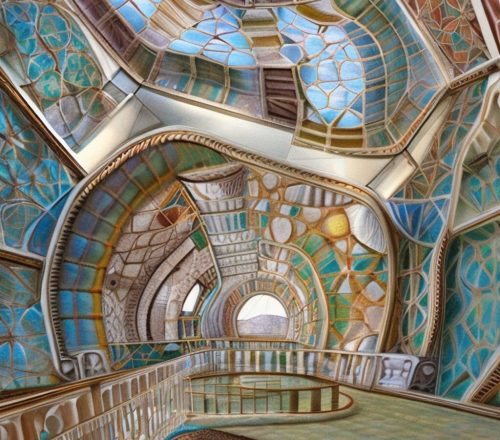
Table of Contents
Spiritual metaphores about the mirror in mysticism
In many spiritual traditions, the mirror is used as a metaphor for the human soul or consciousness. Here are some examples:
Reflection
The mirror is often used as a metaphor for the process of self-reflection or introspection. Just as a mirror reflects our physical appearance back to us, it can also reflect our inner selves, allowing us to see our flaws and strengths more clearly. In this way, the mirror can be seen as a tool for spiritual growth and self-awareness.
Illusion
In some mystical traditions, the mirror is seen as a symbol of the illusory nature of reality. Just as a mirror can create the illusion of depth or distance, our perceptions of reality can be distorted by our own minds. By recognizing the limitations of our own perception, we can begin to see past the illusions and into a deeper understanding of the world.
Divine reflection
Some mystics see the mirror as a symbol of the divine. In this view, the mirror represents our ability to reflect the divine light and wisdom that lies within us. By polishing the mirror of our souls through spiritual practices such as meditation or prayer, we can better reflect the divine within ourselves and in the world around us.
Unity
The mirror can also represent the unity of all things. Just as a single mirror can reflect many different objects, the universe is seen as a reflection of the divine source. In this way, the mirror can be seen as a reminder of our interconnectedness and the underlying unity of all existence.
The mirror is a powerful and versatile symbol in mysticism, representing both the limitations and the potential of human consciousness.
The Middle Ages in Europe saw the avent of the mirror. Examples of European mystics
Some examples of European mystics from the Middle Ages:
Meister Eckhart (1260-1328)
A German theologian and mystic who was associated with the Dominican Order. He was known for his teachings on the union of the soul with God and the importance of detachment from earthly things.
Hildegard of Bingen (1098-1179)
A German abbess, writer, and mystic who is considered one of the greatest mystics of the Middle Ages. She wrote extensively on theology, natural history, and medicine, and was also known for her visions and prophecies.
Julian of Norwich (1342-1416)
An English anchoress and mystic who wrote the book “Revelations of Divine Love“, which is considered one of the great classics of Christian mysticism. She wrote about the love and mercy of God, and the idea that all things will ultimately be well.
John of the Cross (1542-1591)
A Spanish mystic and Carmelite friar who is considered one of the greatest poets in the Spanish language. He wrote extensively on the idea of “the dark night of the soul“, a period of spiritual darkness that must be endured before the soul can reach union with God.
Teresa of Ávila (1515-1582)
A Spanish nun and mystic who was also a prominent writer and reformer of the Carmelite order. She wrote extensively on the practice of contemplative prayer and the importance of experiencing God’s love in a personal way.
Saint Francis of Assisi (1181/2-1226)
An Italian Catholic friar and preacher who founded the Franciscan order. He is known for his deep love of nature, his humility, and his devotion to poverty and simplicity.
Mechthild of Magdeburg (c.1207-1282/94)
A German mystic and beguine (lay religious woman) who wrote “The Flowing Light of the Godhead“, a mystical text that describes her visions of God’s love and the union of the soul with God.
Marguerite Porete (c.1250-1310)
A French mystic who wrote “The Mirror of Simple Souls”, a controversial book that was condemned as heretical and resulted in her execution by burning at the stake. Her work describes the journey of the soul towards union with God.
Angela of Foligno (1248-1309)
An Italian mystic who is known for her vivid descriptions of her mystical experiences, which included visions, ecstasies, and conversations with God. She wrote “The Book of Divine Consolation“, which describes her spiritual journey towards union with God.
Bernard of Clairvaux (1090-1153)
A French abbot and mystic who was a leader in the Cistercian order. He wrote extensively on the love of God and the importance of the contemplative life, and his writings influenced many other mystics in the Middle Ages.
These are just a few examples of the many European mystics who lived during the Middle Ages. Each had their own unique perspective on the nature of God, the soul, and the spiritual life.
Table summarizing the mystics mentioned, their works, and the content of their writings
| Mystic | Works and Content |
| Meister Eckhart | Sermons and Treatises – emphasized the union of the soul with God and the importance of detachment from earthly things. |
| Hildegard of Bingen | Scivias (Know the Ways) – a collection of visions and mystical experiences, as well as her theological and scientific writings. Emphasized the importance of spiritual and physical health, and the unity of all creation in God. |
| Julian of Norwich | Revelations of Divine Love – a book that describes her mystical experiences and visions, emphasizing God’s love and mercy, and the idea that all things will ultimately be well. |
| John of the Cross | The Dark Night of the Soul, The Ascent of Mount Carmel, and The Spiritual Canticle – wrote about the idea of “the dark night of the soul”, a period of spiritual darkness that must be endured before the soul can reach union with God. |
| Teresa of Ávila | The Interior Castle and The Way of Perfection – wrote extensively on the practice of contemplative prayer and the importance of experiencing God’s love in a personal way. |
| Saint Francis of Assisi | Writings and Prayers – emphasized the importance of simplicity, humility, and poverty, as well as love and compassion for all of God’s creation. |
| Mechthild of Magdeburg | The Flowing Light of the Godhead – describes her visions of God’s love and the union of the soul with God. Emphasized the importance of surrendering oneself completely to God’s will. |
| Marguerite Porete | The Mirror of Simple Souls – describes the journey of the soul towards union with God. Her work was condemned as heretical and she was executed by burning at the stake. |
| Angela of Foligno | The Book of Divine Consolation – describes her spiritual journey towards union with God, including visions, ecstasies, and conversations with God. Emphasized the importance of complete surrender to God’s will and the love of God. |
| Bernard of Clairvaux | Sermons and Treatises – wrote extensively on the love of God and the importance of the contemplative life, emphasizing the role of humility and the importance of the inner life of the soul. |
Thank you for reading, shares and comments!
✨ Comment Policy ✨
We welcome thoughtful, kind, and constructive comments that contribute to meaningful conversations.
Please note:
- Promotional links and unsolicited offers will be removed.
- Spam, irrelevant content, or self-promotion without prior permission will not be published.
- We value quality engagement over quantity — thank you for helping us keep this a respectful and inspiring space!
Sources openai Language models, aitrot, picsart and mib
Embark on a journey into the realm of affiliate marketing and craft your own website within a vibrant, supportive community. Join me in this adventure, where you can begin as a free starter and stay as long as you desire. Enjoy complimentary hosting and foundational teachings to set you on your path. For those with advanced skills, opportunities to elevate your expertise await. Take a moment to explore and witness the magic for yourself!




